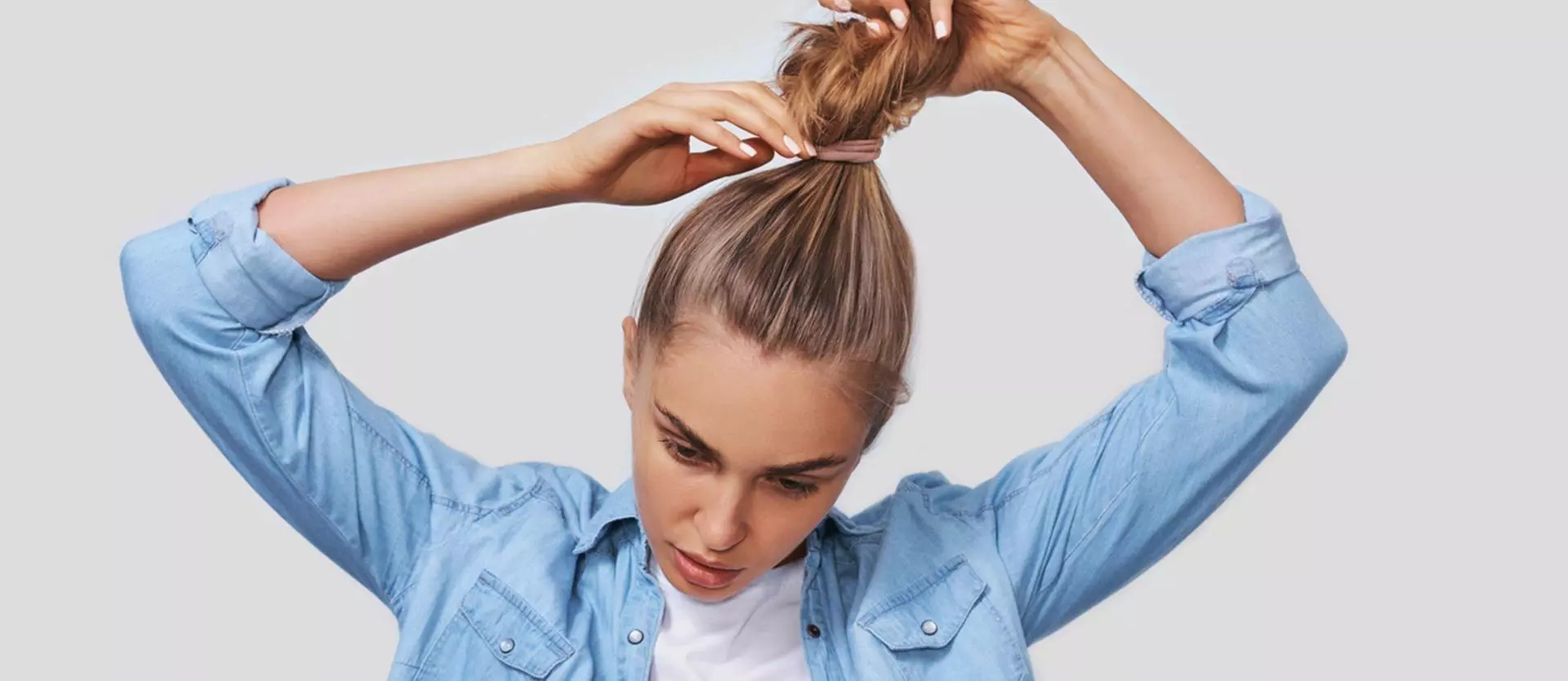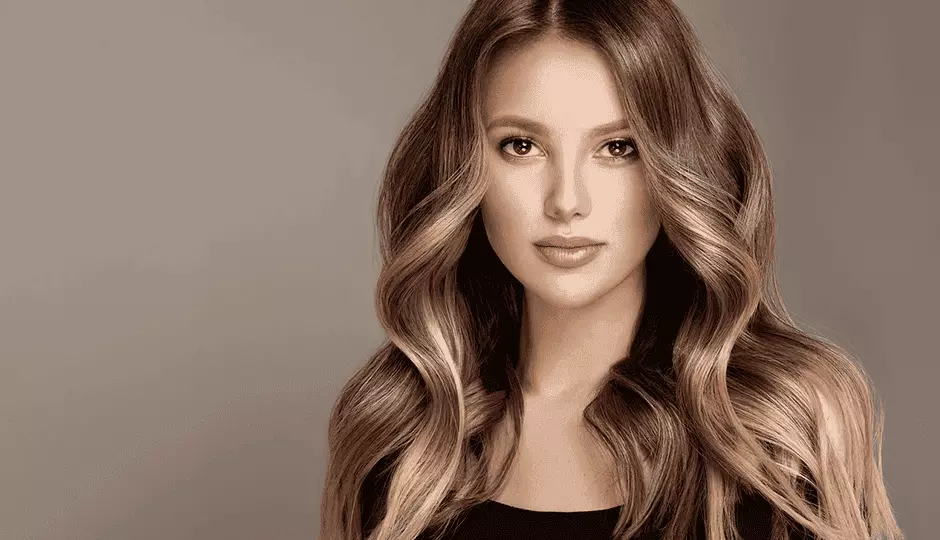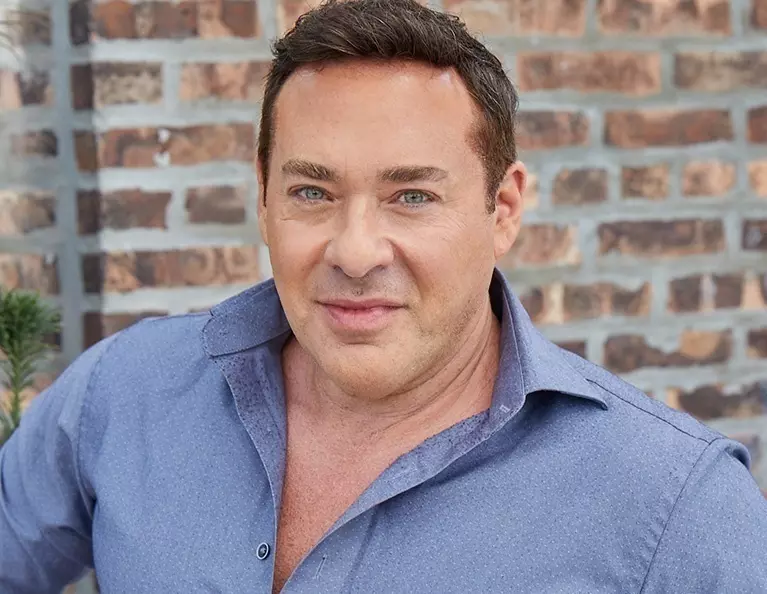Many people never think about what happens when they put a bun in their hair and wrap it up tightly. It feels good to have your hair out of your face so you can see and work hard. Yet, when your hair is pulled out because it is bound too tightly, this can cause hair loss that may include some damage to the hair follicles. Protecting your hair means avoiding any damage to your hair follicles. If you do not do so, you may find that you have hair loss or hair thinning. Here is what you need to know about these forms of alopecia.
What Is Alopecia?
Alopecia is a term used to describe any type of hair loss. It often refers to conditions in which the hair loss is significant and noticeable. However, it can occur for several reasons, usually related to the way the follicle is working. Not all forms of alopecia are permanent. Many forms, in fact, will allow your hair to regrow when the conditions improve.
What Is Traction Alopecia?
This particular form of alopecia occurs when hair loss is caused by the hair being pulled too tightly. In some cases, it occurs as a result of putting your hair up in a tight ponytail or braids that pull on the follicle. Over time, those hairs become weak and fall out. This happens outside of the normal hair growth cycle. Most of the time, when a hair falls out like this, it will regrow later. Most of the time, traction alopecia will not cause serious damage, unless it continues to happen for an extended period of time and causes damage to the follicle.
You may start to develop traction alopecia if you have:
- A receding hairline that is especially noticeable around the temples or forehead; it can also occur at the nape
- You have small pimples developing on the scalp or at the base of any braids you put in
- You have areas of skin that is shiny on your head, which is common in cases that are more severe
- The hair part widens, exposing more of your scalp as it does
If this sounds like what you have, it is important to work to stop the traction alopecia from occurring. Since this is typically possible by changing the way you style your hair, it may be easier to do than most other ways.
The Problem with Scarring
If you do not stop the traction alopecia from occurring and it continues to happen, this causes damage to the hair follicle. Scarring tissue develops in the follicle or the area where the hair grows. If that tissue becomes even minorly significant, it can make it nearly impossible for the hair to continue to grow. As the name implies, this causes scarring alopecia to form. As a direct result of this, you may find that your hair is no longer growing at a healthy rate. You may also find that your hair has stopped growing in areas. The receding hairline remains that way.
Scarring alopecia does not have a cure. There is also no way to reverse it if the damage is significant. That is why it is so important to stop traction alopecia as soon as you begin to notice any of the symptoms of it. If you do not, it may likely to develop into scarring alopecia.
What Should You Do Now?
Some hairstyles, such as cornrows, braids, dreadlocks, and tight ponytails, are most likely to cause traction alopecia. It can also occur if you add hair extensions and weaves to your hair constantly. Some forms of headwear can also cause it, such as tight elastic headbands or helmets worn for sports. If you have very long hair or use hair relaxers, this can also increase your risks. It is also common in those who use extensions and relaxers at the same time.
If you notice the signs of scarring alopecia, work to change what is causing it. By limiting the amount of pull on your hair, you are able to avoid much of the damage to it. You are also able to get a better grip on your hair’s growth and health.
Contact the hair specialists at Unique Hair Concepts to learn more.






